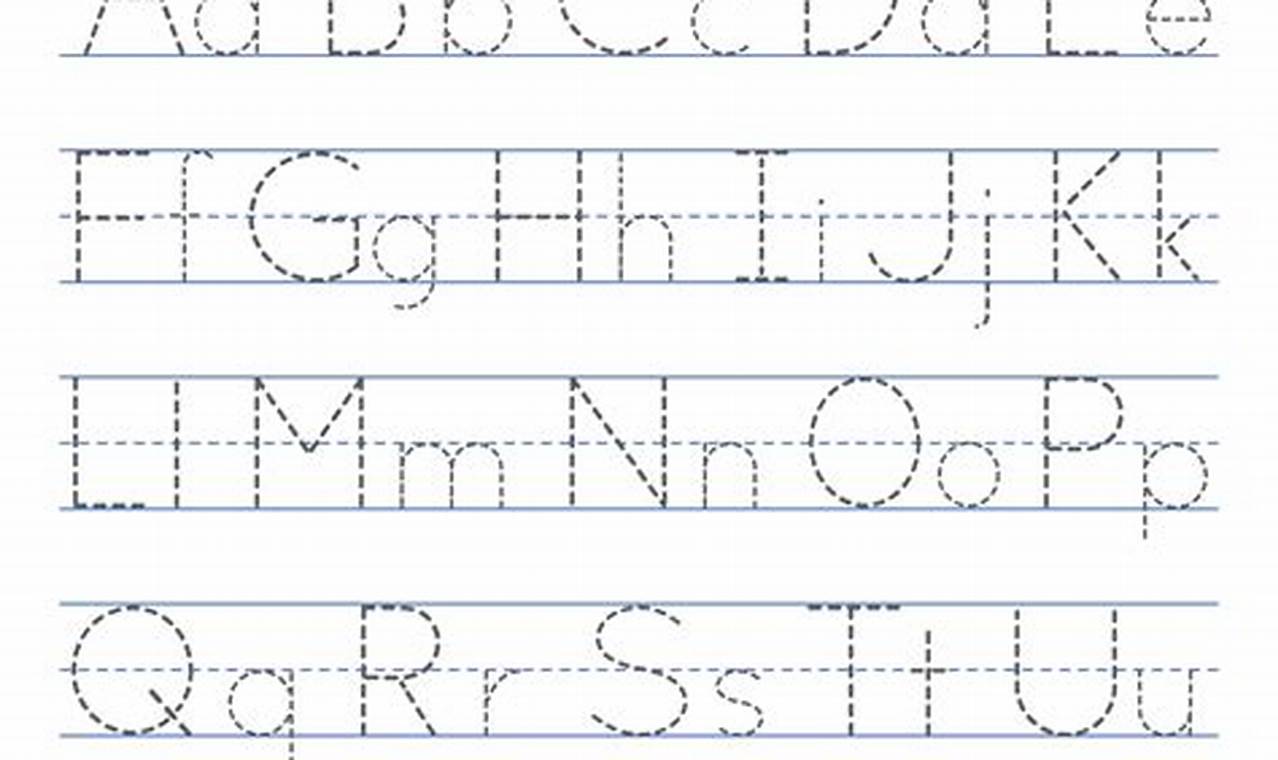Early childhood is a crucial period for developing fundamental skills. Introducing children to the concept of bias, even in simple forms, builds critical thinking and awareness. The “Alphabet Tracing for Recognizing Bias” worksheet serves as an initial step in fostering these skills while simultaneously supporting early literacy.
The worksheet provides dual benefits. First, it enhances fine motor skills through traditional alphabet tracing exercises. Second, it subtly introduces children to the idea that language and representation can sometimes reflect underlying biases, setting the stage for later, more in-depth discussions. This early exposure to bias recognition is invaluable for developing a nuanced understanding of the world.
The worksheet presents a standard alphabet tracing exercise, but with a twist. Each letter is paired with a word or phrase that, depending on the context, can carry subtle biases. For example, the letter “A” might be paired with “Athlete,” followed by a brief question encouraging consideration of who is typically represented in sports. This structure combines traditional handwriting practice with a gentle introduction to identifying potential biases.
To effectively use the worksheet, start by allowing the child to trace each letter as usual. Then, engage in a conversation about the word or phrase associated with each letter. Prompt critical thinking with simple questions such as: “Does this word make you think of anyone in particular?” or “Could this word apply to everyone?” The goal is not to provide definitive answers, but to encourage questioning and observation. Encourage the use of crayons or colored pencils to make the activity more engaging.
To reinforce the concepts introduced in the worksheet, consider pairing it with other Kidtraces.com resources focused on diversity and inclusion. Additionally, children’s books that showcase diverse characters and perspectives can be excellent complementary tools. Daily conversations that highlight fairness and empathy will further solidify the child’s understanding of bias and its impact.
The “Alphabet Tracing for Recognizing Bias” worksheet is a unique tool that combines essential literacy practice with early exposure to critical thinking about bias. By engaging with this resource, children not only improve their handwriting but also begin to develop the skills necessary to navigate a complex and diverse world. Download the worksheet today and explore more free educational resources at Kidtraces.com to support your child’s continuous learning and development.
